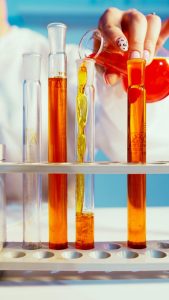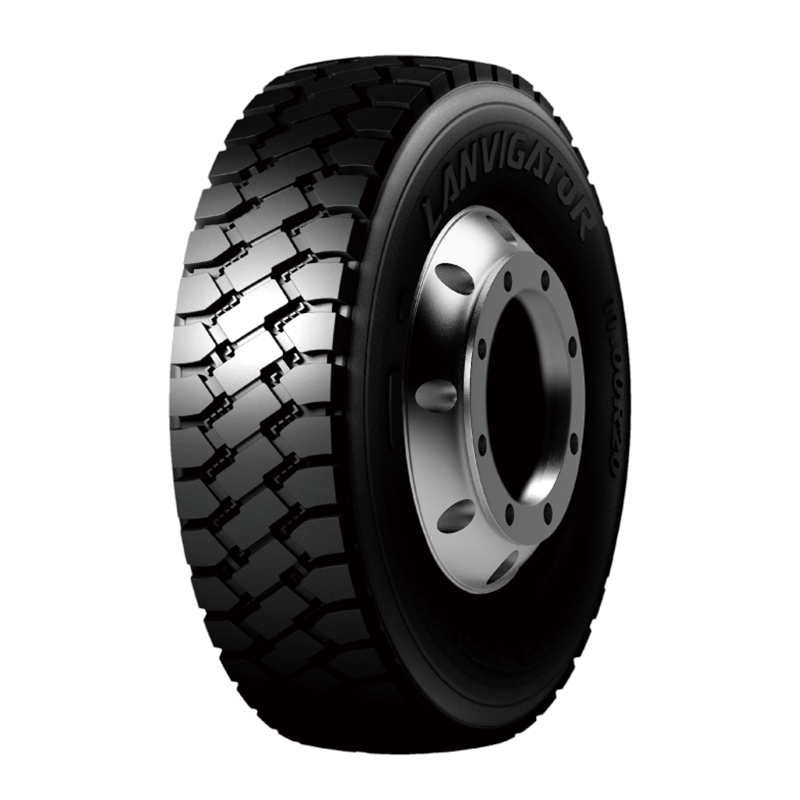Sodium hydroxide, also known as caustic soda , caustic soda , fire soda , and caustic soda , is an inorganic compound with a chemical formula of NaOH and a relative molecular weight of 39.9970.
Sodium hydroxide is highly alkaline and highly corrosive. It can be used as acid neutralizer, masking agent, precipitant, precipitation masking agent, color developer, saponification agent, peeling agent, detergent, etc. It has a wide range of uses.

Physical and chemical properties #
physical properties #
Density: 2.130 g/cm³
Melting point: 318.4℃(591K)
Boiling point: 1390 ℃ (1663 K)
Vapor pressure: 24.5mmHg (25°C)
Saturated vapor pressure: 0.13 Kpa (739℃)
Appearance: white crystalline powder
Solubility: Easily soluble in water, ethanol, and glycerin, insoluble in acetone and ether
chemical properties #
Sodium hydroxide has a corrosive effect on fibers, skin, glass, ceramics, etc. It will release heat when dissolved or diluted with concentrated solutions; neutralization reactions with inorganic acids can also generate a large amount of heat and generate corresponding salts; it can react with metal aluminum and zinc , react with non-metallic boron and silicon to release hydrogen; and undergo disproportionation reactions with halogens such as chlorine, bromine and iodine. It can precipitate metal ions from aqueous solutions into hydroxides; it can cause saponification of oils and generate corresponding sodium salts of organic acids and alcohols. This is the principle of removing oil stains on fabrics.
Application areas #
1. Used in the production of paper and cellulose pulp; used in the production of soap, synthetic detergents, synthetic fatty acids, and the refining of animal and vegetable oils and fats.
2. Used as cotton desizing agent, scouring agent and mercerizing agent in the textile printing and dyeing industry.
3. Used in the chemical industry to produce borax, sodium cyanide, formic acid, oxalic acid, phenol, etc. It is used in the petroleum industry to refine petroleum products and in oil field drilling muds.
4. It is also used for surface treatment in the production of alumina, metallic zinc and metallic copper, as well as in glass, enamel, tanning, medicine, dyes and pesticides.
5. Food-grade products are used as acid neutralizers in the food industry. They can be used as peeling agents for citrus, peaches, etc., as well as detergents for empty bottles, cans and other containers, as well as decolorizing agents and deodorizing agents.
6. Widely used basic analytical reagents. Prepare standard alkali solution for analysis. Absorbent for small amounts of carbon dioxide and moisture. Neutralization of acids. Sodium salt manufacturing. Widely used in papermaking, chemical industry, printing and dyeing, medicine, metallurgy (aluminum smelting), chemical fiber, electroplating, water treatment, exhaust gas treatment, etc.
7. Used as neutralizing agent, cooperating masking agent, precipitating agent, precipitation masking agent, and chromogenic agent for determination of ketosterols by thin layer analysis. Used for sodium salt preparation and saponification agent. Used for manufacturing various sodium salts, soaps, paper pulp, finishing cotton fabrics, silk, viscose fibers, recycling of rubber products, metal cleaning, electroplating, bleaching, etc.
8. In cosmetic creams, this product and stearic acid act as emulsifiers through saponification, and are used to make creams, shampoos, etc.
Safety measures #
first-aid #
This product is highly irritating and corrosive. Dust or smoke can irritate the eyes and respiratory tract, corrode the nasal septum, and direct contact with the skin and eyes can cause burns; accidental ingestion can cause gastrointestinal burns, mucous membrane erosion, bleeding and shock. Health hazards (blue)
1. Ingestion may cause serious and permanent damage to the digestive system, including mucosal erosion, bleeding, and shock.
Treatment method: Rinse mouth immediately when the patient is awake, take diluted vinegar or lemon juice orally, and seek medical attention.
2. Inhalation can irritate the respiratory tract and corrode the nasal septum.
Treatment method: Leave the scene to a place with fresh air. Provide artificial respiration and seek medical treatment if necessary. If breathing is difficult, give oxygen. If the patient inhales or ingests this substance, do not perform artificial respiration using mouth-to-mouth breathing. Use a one-way valve respirator or other appropriate medical respirator.
3. It is dangerous to the skin and can cause symptoms from burns to severe ulcers.
Treatment method: Rinse immediately with water for at least 15 minutes. If burns occur, seek medical treatment. Remove and isolate contaminated clothing and shoes. For small amounts of skin contact, avoid spreading the substance over an area. Keep the patient warm and quiet. Inhalation, ingestion or skin contact may cause delayed reactions. Ensure that medical personnel understand the personal protection knowledge related to this substance and pay attention to their own protection.
4. It is dangerous to the eyes and can cause burns or even damage the cornea or conjunctiva.
Treatment: Lift your eyes immediately and wash them with running water or saline for at least 15 minutes, or rinse them with 3% boric acid solution and seek medical attention.
engineering control #
Close operation and pay attention to ventilation.
Protective measures
#
Body protection: Wear work clothes (made of anti-corrosion materials).
Hand protection: Wear rubber gloves.
Others: After work, shower and change clothes. Pay attention to personal hygiene.















